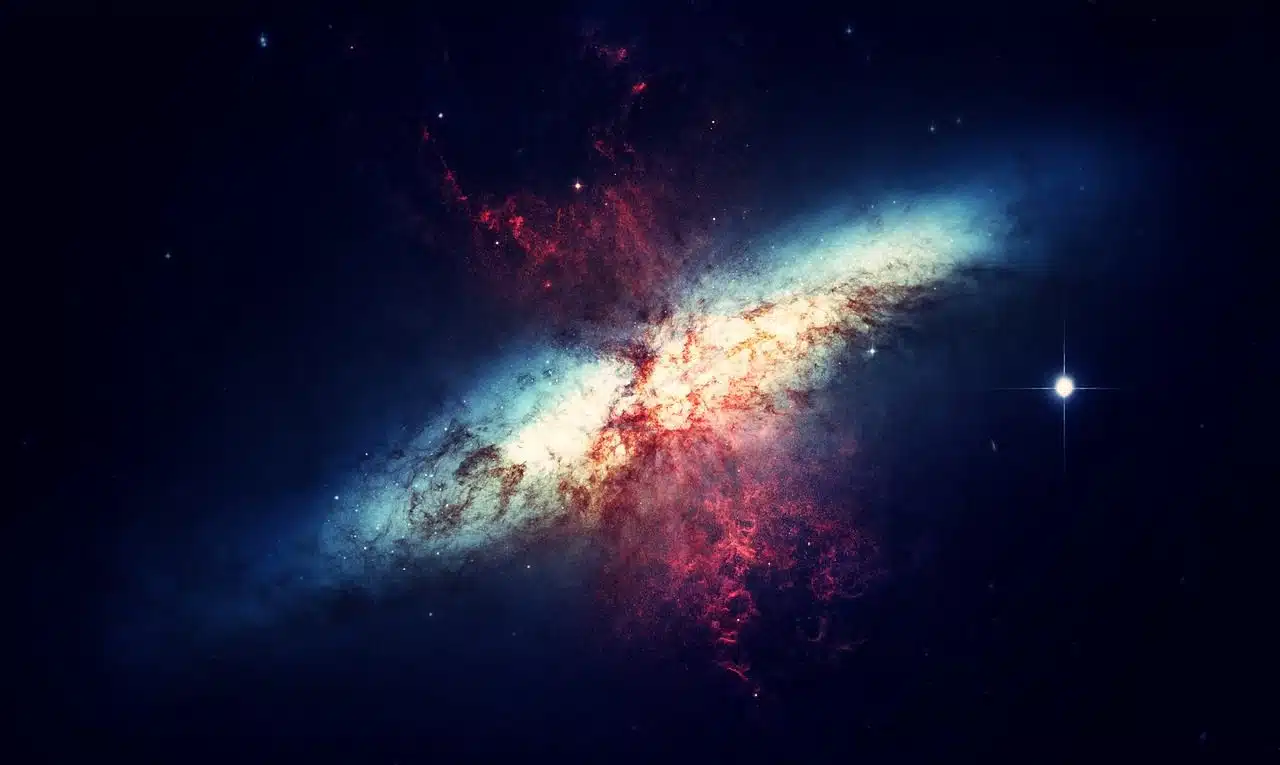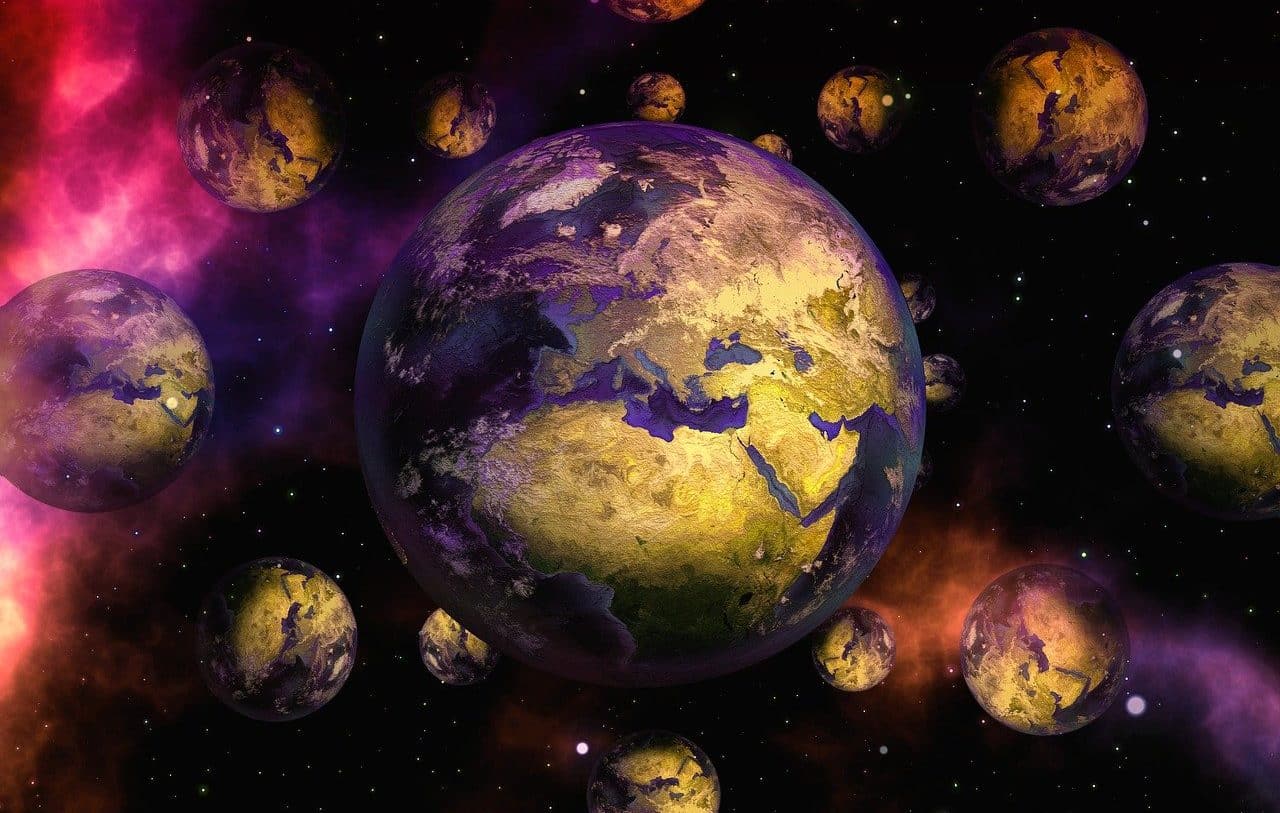
The notion of space-time is very important in the field of cosmology.
Space-time is a concept that is used in the theories of general and special relativity postulated by Albert Einstein (1879-1955). The notion refers to the integration of space and time into a continuous entity .
Space-time can be considered to be a model that establishes an indissoluble link between space and time , which are related in the same four-dimensional object . According to Einstein , all physical events take place in that space-time (also referred to as spacetime ).
Origin of the concept of space-time
The origin of the concept of space-time, as we already indicated, is associated with the work of Einstein . However, there are precedents that allowed the famous physicist who won the Nobel Prize in Physics in 1921 to develop or expand his theories .
In this sense, we must highlight the contributions of Hermann Minkowski (1864-1909), who studied the theory of special relativity that Einstein made known in 1905 and concluded that space and time should not be considered as separate entities, but rather that they had to be taken as part of a continuous object . This idea was captured in the so-called Minkowski space , a 4D variable of zero curvature that allows the description of physical phenomena.
The Minkowski space takes into account the Lorentz transformations , which refer to the relationship between the measurements of a physical magnitude developed by different observers. What Minkowski did was place the Lorentz transformations as a spatial geometric property.
Taking these scientific principles into account, Einstein advanced his premises in his theory of general relativity (1916), where he also incorporated the idea of the curvature of space-time to explain gravity. This ended up marking an important difference with the mechanics based on the laws of Isaac Newton (1643-1727).
Said classical mechanics established that time is a magnitude that is the same for all observers and that is independent of spatial coordinates. Since the beginning of the 20th century , however, it has been known that the speed of light is independent of the speed of the observer, in addition to being constant, for example.
From space-time, in short, it is understood that the universe has four dimensions : the three physical spatial dimensions plus the temporal dimension. Space and time, therefore, are not absolute entities nor independent of each other.

The theory of cosmic inflation and the stretching of space-time enable the possibility of the existence of a multiverse with multiple parallel universes.
Its consequences
Space-time, as we already indicated, implies that the universe is not a three-dimensional space . Physical events were previously understood to occur at a specific width, length, and height, with time as an independent variable anchoring the events to a timeline.
The postulation of space-time as the same space or four-dimensional mathematical model basically established that time is not identical for all observers , but rather has to do with the speed and position of the subject. Since time is relative , it can register changes produced by different phenomena (and thus time dilation can be generated, to mention one possibility).
In this context, a body moving at high speed may perceive that time, from its perspective, passes more slowly compared to what an observer who is still notices. This particularity is associated with the position it occupies in a gravitational field .
By extension, it can be said that time passes more slowly in the vicinity of a black hole due to the greater force of gravity , unlike what happens in a spacecraft that moves away from the gravitational field of planet Earth .

Space-time assumes that time travel is not impossible for physics.
Emergence of space-time
The emergence of space-time as an object or entity can be understood from the big bang theory , according to what was expressed by Stephen Hawking (1942-2018). It should be noted that the explosion that marked the birth of the universe by making possible the formation of both matter and space and time is known as the big bang .
The big bang was the starting point of the universe about 13.8 billion years ago and the explanation of its evolution. It is believed that, after the explosion, a rapid expansion of the universe began (known as cosmic inflation ) and after the subsequent cooling, first the elementary particles and then the atoms emerged.
It is estimated that space-time appeared immediately after the big bang. It was in the shock wave of the explosion that its emergence took place, which is why before that fraction of a second its existence could not be conceived.
Other theories
The establishment of the notion of space-time gave rise to the development of many other theories that attempt to explain a wide variety of phenomena. In this sense, it is interesting to mention that the curvature of space-time allowed Vera Rubin (1928-2016) to postulate the existence of dark matter .
Rubin discovered that the outer areas of a galaxy move faster than that supported by the force of gravity. The astronomer understood that there had to be a mass greater than that which could be observed since, otherwise, the galaxies would disintegrate. He named that mass dark matter.
Leonard Susskind (1940), for his part, is responsible for string theory , where he indicated that particles should not be considered as points but as strings or filaments. To reach this conclusion he turned to space-time and other dimensions, allowing the strings to clarify various mysteries of the functioning of the universe.
